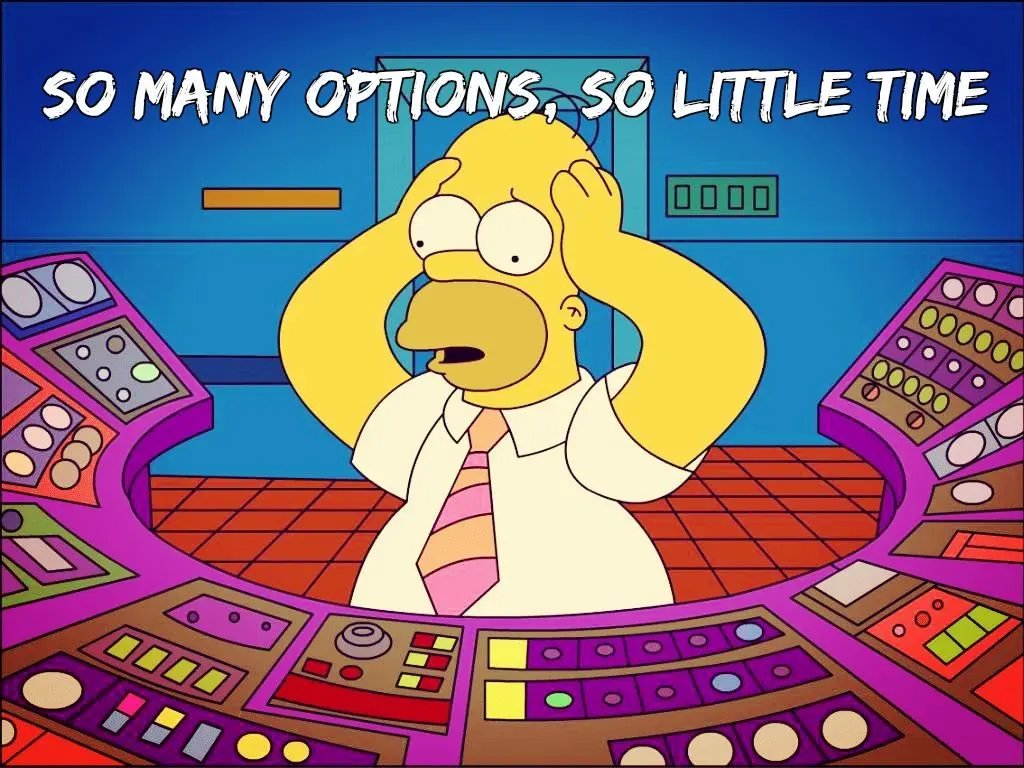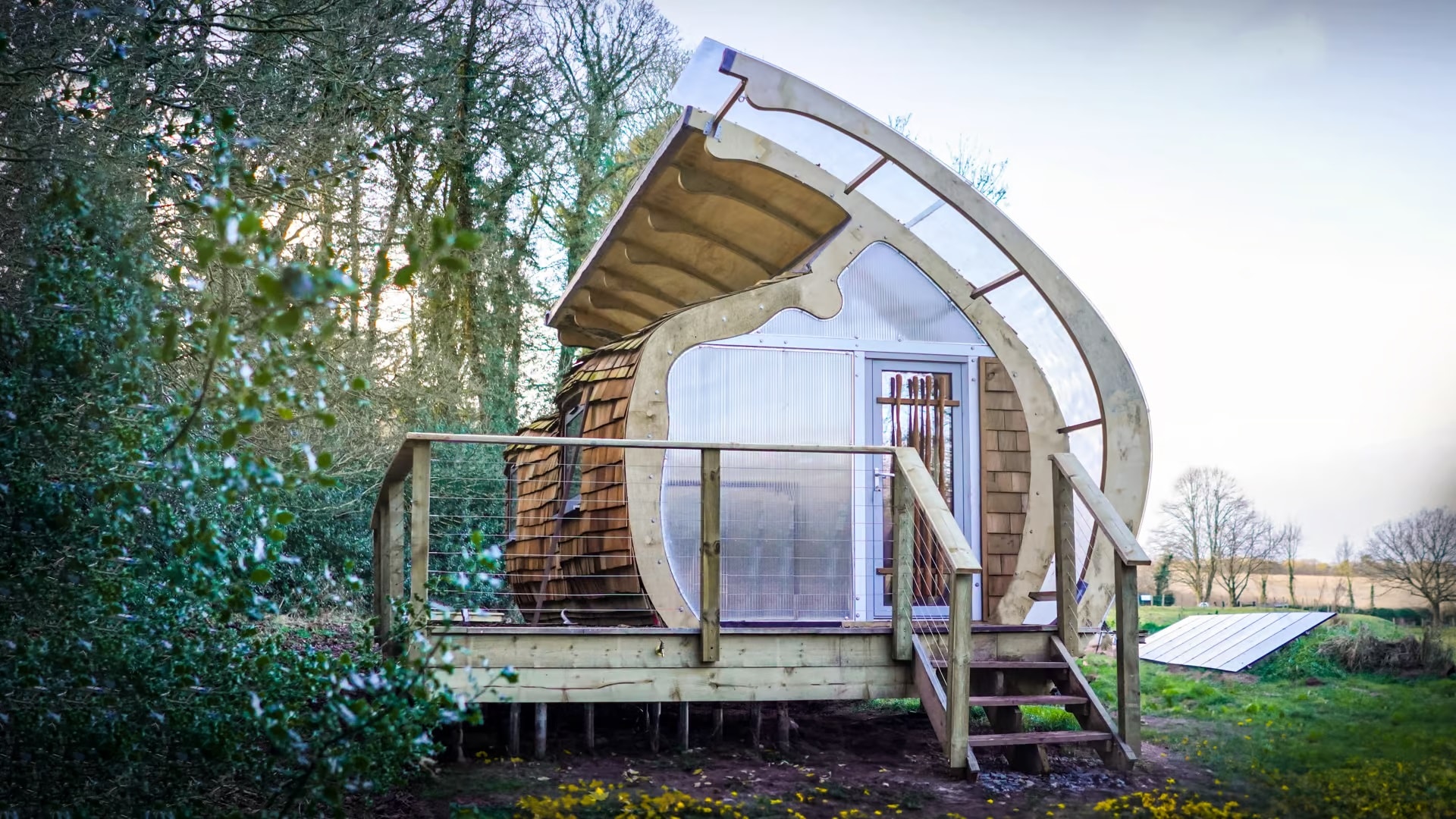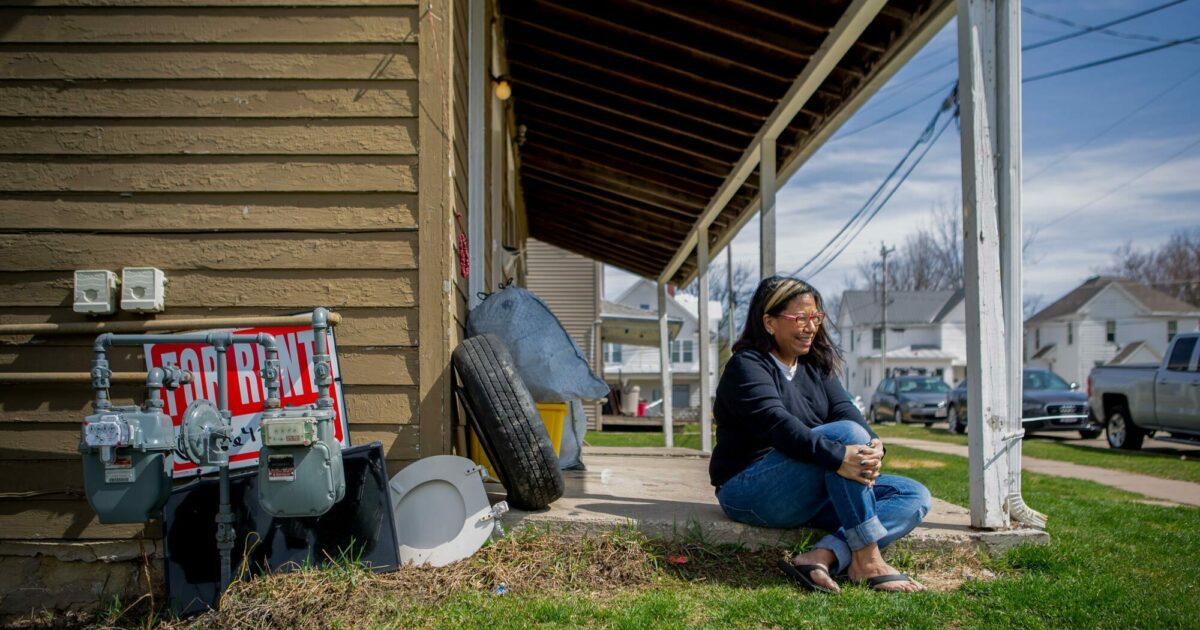By Gary Fleisher
The quest for affordable housing stands as a formidable challenge, yet it harbors an intriguing opportunity for innovation and sustainability. Traditional models heavily rely on federal or state assistance to bridge the gap between the cost of housing and what is affordable for lower-income families.
However, the sustainability of this model is under scrutiny, prompting a search for alternative solutions that can thrive independently of direct monetary government support. I took a look into the complexities of housing markets, land use policies, and construction costs, unveiling models and approaches that could revolutionize how we think about affordable housing.

Community Land Trusts (CLTs): A Sustainable Model for Home Ownership
At the forefront of this revolution are Community Land Trusts (CLTs), non-profit organizations dedicated to acquiring land and leasing it to homeowners. By removing the cost of land from the homeownership equation, CLTs significantly reduce the purchase price of homes, making housing affordability a long-term reality rather than a fleeting promise. This model offers a beacon of hope for sustainable, affordable housing without leaning on government subsidies, fostering communities where residents can thrive without the burden of unmanageable housing costs.
Cooperative Housing: Empowering Communities Through Shared Ownership
Another innovative approach is cooperative housing, where residents collectively own and manage their building. This model not only democratizes ownership but also spreads the costs and responsibilities among members, creating a supportive community environment. Cooperative housing challenges the traditional market dynamics by offering a viable solution for reducing living expenses, thus making it a powerful tool in the arsenal against housing unaffordability.
Innovative Building Techniques: Paving the Way for Cost-Effective Construction
The evolution of construction technology, especially through prefabricated or modular homes, has opened new avenues for reducing housing construction costs. These innovative techniques allow for the production of high-quality, affordable homes at a fraction of the traditional cost and time. By bypassing the need for government subsidies, this approach can significantly contribute to solving the affordable housing crisis, offering a glimmer of hope for future developments.
Zoning and Land Use Reforms: Optimizing Urban Spaces for Affordability
The restructuring of zoning laws to permit higher density and mixed-use developments, coupled with reduced parking requirements, can dramatically decrease the costs associated with housing development. These reforms aim to make more efficient use of land and resources, thereby indirectly fostering more affordable housing options. By challenging existing regulatory frameworks, cities can unlock the potential for diverse, vibrant communities where affordable housing is an integral part.
Developer Incentives: Encouraging Private Sector Participation
Municipalities have the power to incentivize developers to include affordable units in their projects through tax breaks or expedited permitting processes. This strategy does not require direct monetary subsidies but leverages the potential of the private sector to contribute to the affordable housing stock, creating a win-win scenario for developers and communities alike.
Private and Non-Profit Sector Initiatives: A Collaborative Approach to Housing
The collaboration between the private sector, non-profit organizations, and community groups can lead to groundbreaking affordable housing projects. Funded through philanthropy, low-interest loans, and other non-governmental sources of capital, these initiatives demonstrate the power of collective effort in addressing housing affordability challenges.
While these models present viable pathways to achieving affordable housing without direct government assistance, they often still benefit from some form of government support, be it through tax incentives, land donations, or regulatory changes. The effectiveness of these approaches varies widely, influenced by local market conditions, the regulatory environment, and the availability of initial investment resources.
The journey toward developing affordable housing solutions devoid of federal or state monetary assistance is complex and multifaceted. It requires a concerted effort from all stakeholders, leveraging innovative financing models, regulatory reforms, and community involvement. The potential for creating sustainable, affordable housing ecosystems is immense, promising a future where everyone has access to a home they can afford. In this vision, the role of government evolves from provider to facilitator, empowering communities to craft their solutions to the housing affordability crisis.
Gary Fleisher is a renowned blogger and commentator on construction and housing trends, known for his insightful analysis of the industry.



